Acid throwing becoming a common practice in RYK
Over 800 cases were reported in the district in 2010.

In 2010, more than 800 acid burning cases took place in Rahim Yar Khan and so far in January 2011 13 cases have already been reported from the district. “It has become an exceedingly common practice and it usually involves the women’s spouses,” said an NGO worker Kashmala, adding that she had personally helped arrange for free plastic surgery for several victims. “Even though the surgery may help with the appearances and the scars the trauma never really goes away. These women are disfigured simply because they disagree with their husbands,” she said .
In Sheikh Zayed hospital’s burn unit 500 women, men and children with acid burns, fire burns and stove burns were admitted last year. Of these patients 70 were women, 19 were men and seven were children. “Treating burn victims is one of the hardest jobs because their injuries are so prominent and they need constant attention,” said hospital nurse Shazia, adding “most of the women I look after here are terrified their spouses or relatives will return to do it again.”
Hospital sources said that they lacked modern facilities in the burn units. Currently two rooms have been reserved for both men and women and the rooms often house over 60 patients. “There are only seven beds and over 40 patients,” said Dr Muhammad Anwar Chaudhry.
Burn unit patients from Rahim Yar Khan’s districts Rajanpur, Kashmore, Ghotki, Dera Ghazi Khan, Bahawalpur, Sukkur, Kundh Kot said that they often sought refuge at the hospital and tried to stay for as long as they could. “We try to stay here because there is nowhere else to go after we are discharged,” said Sakina, who was burned by her husband after she objected to his second marriage. “If I leave here I cannot return to him or my parents and I have my two children with me,” she said.
Several welfare organizations have demanded that the hospital be expanded to provide more facilities for the patients. “We are trying to arrange funds for a half way house, where burn victims who need it can recuperate and stay on if they cannot return home,” said NGO worker Khalid Shehzad.
The provincial government and Health Department have not been able to release funds for this purpose. According to details, the number of patients is increasing day by day but there aren’t enough facilities.
Sheikh Zayed Hospital’s medical superintendent Capt (retd) Mushtaq Ahmed and burn unit plastic surgeon Dr Muhammad Anwar Chaudhry said that in spite of insufficient funding and problems they were trying to provide the best services possible for the burn victims. “The largest number of cases involved the woman’s husband or in-laws on charges of adultery,” said Rahim Yar Khan SHO Shaukat Haroon, adding “Sometimes there are cases of women being attacked on the streets because they were not covering their heads. It has gotten much worse.”
“I have been working as nurse in the hospital for two years after I got burned,” said nurse Saliha, adding “I asked to work with burn victims because I could not afford surgery for my own scars.” “I feel as if I am supporting them just because we have both been through the same thing and they can see that I survived it,” Saliha said.
Published in The Express Tribune, January 31st, 2011.

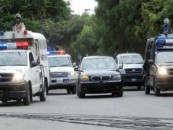


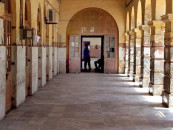
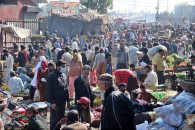


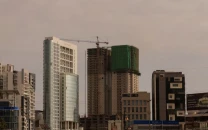

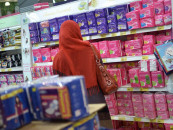
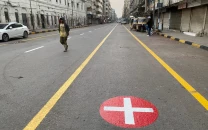







COMMENTS
Comments are moderated and generally will be posted if they are on-topic and not abusive.
For more information, please see our Comments FAQ